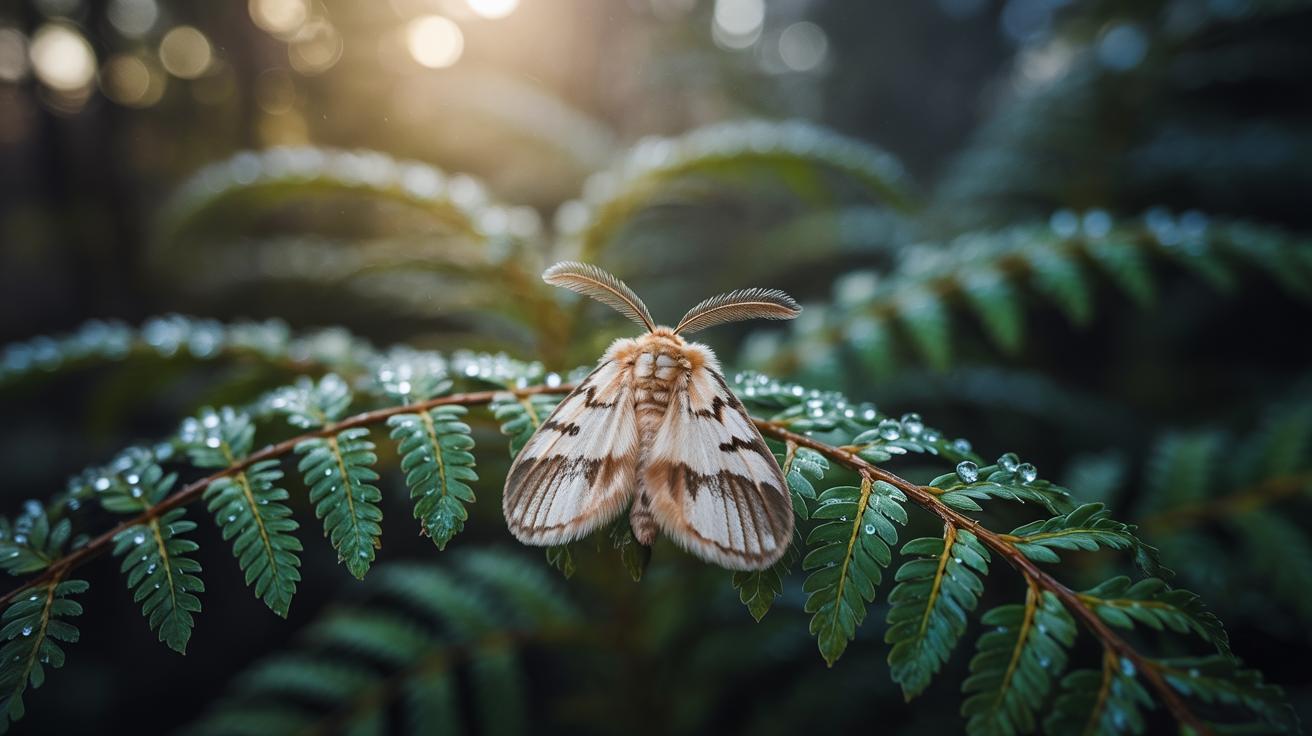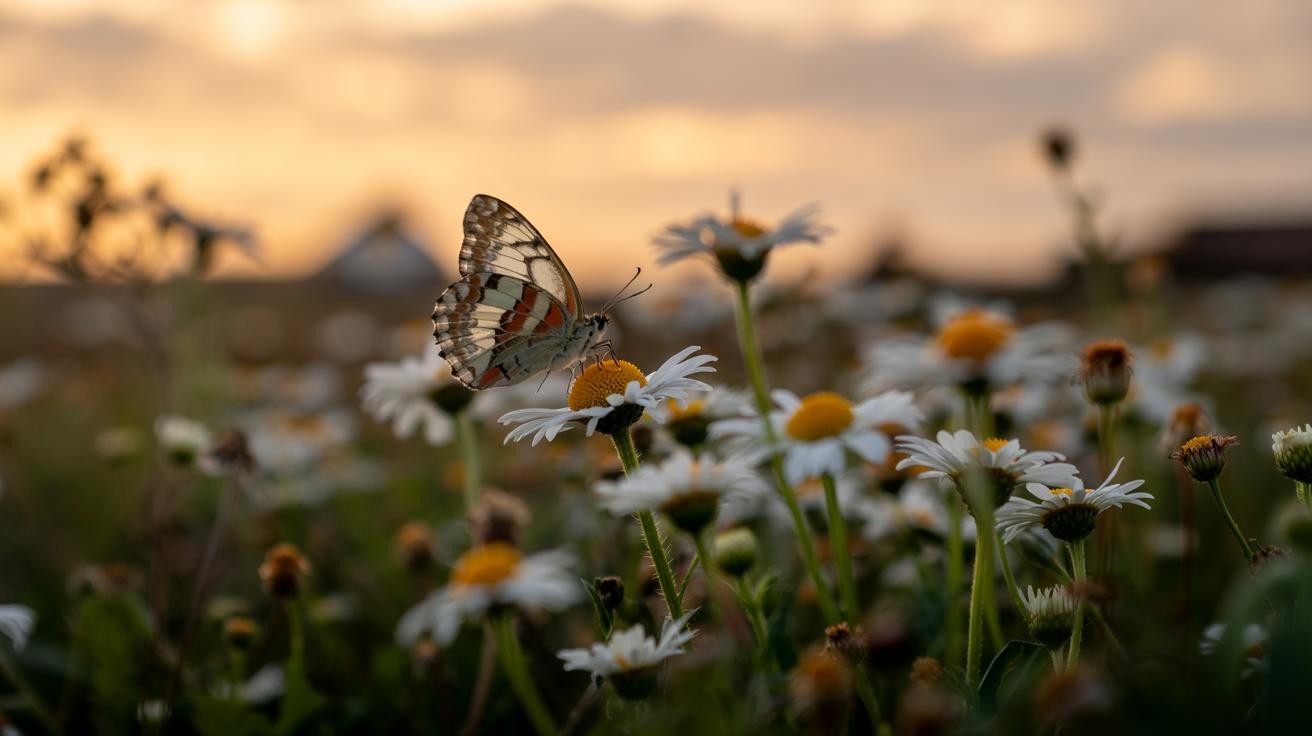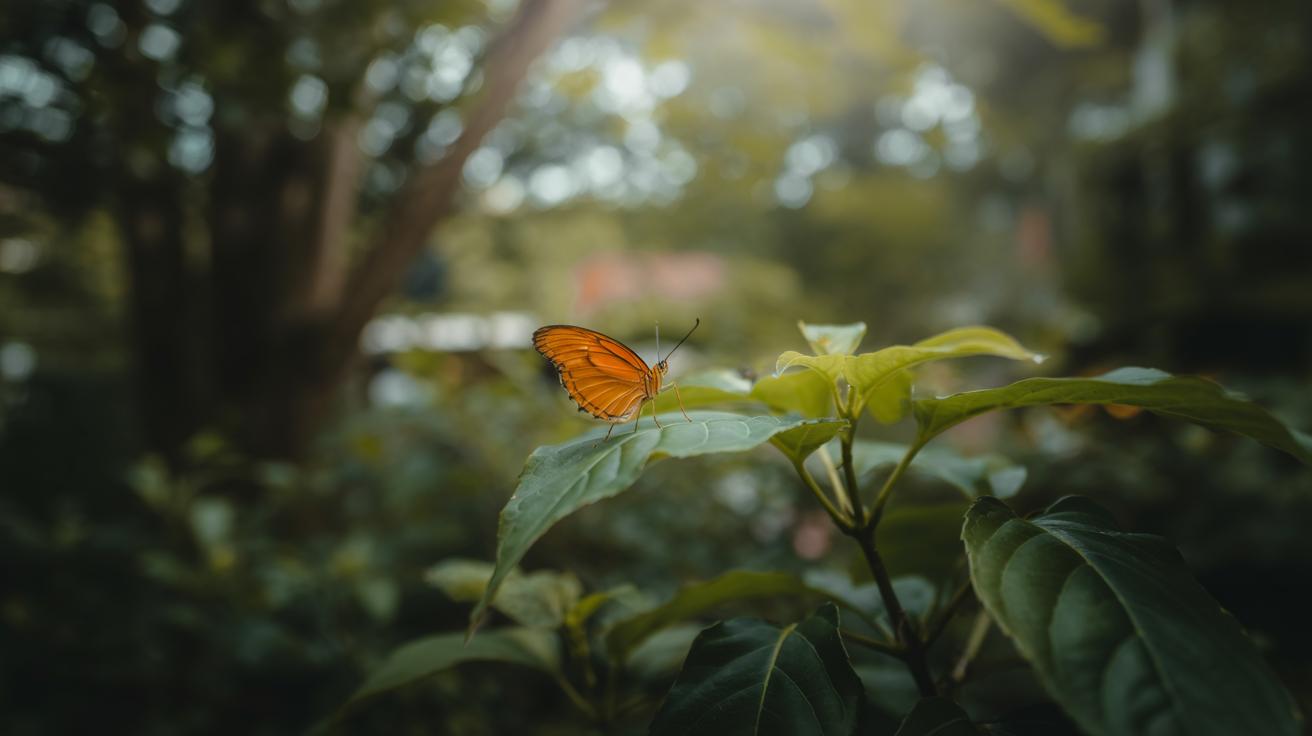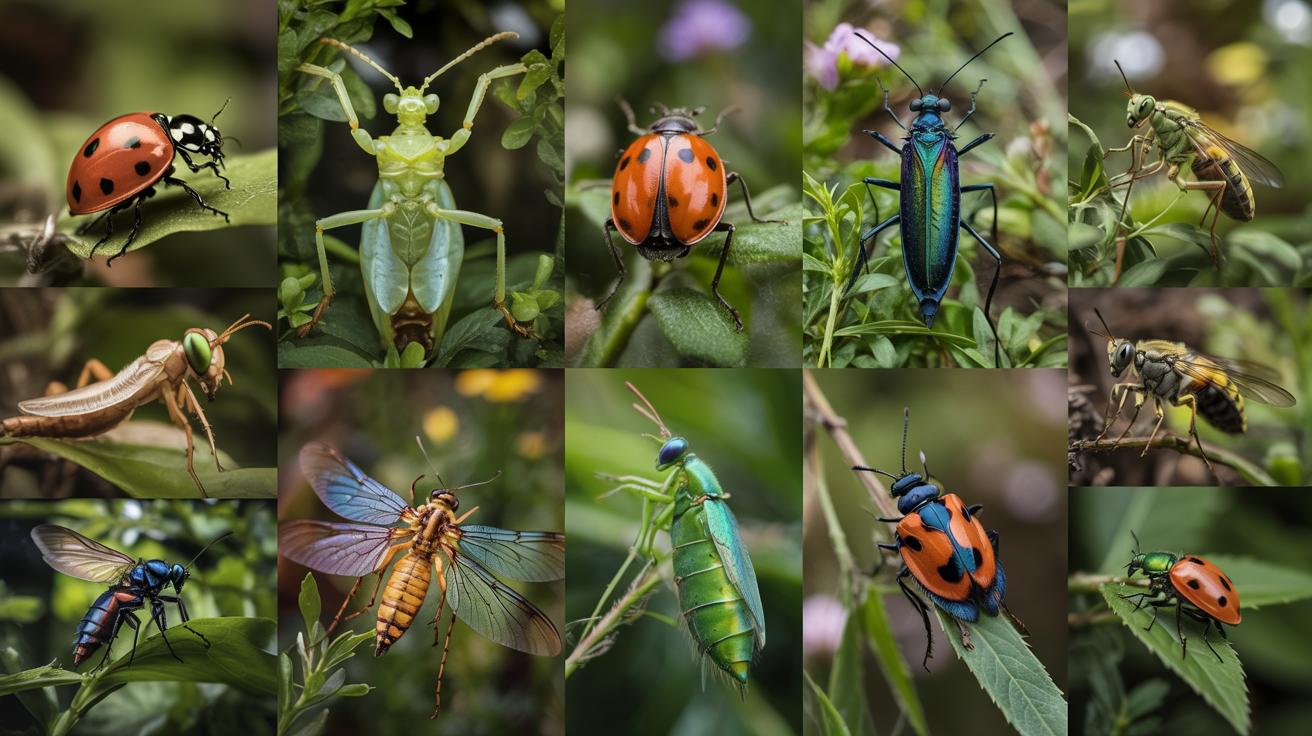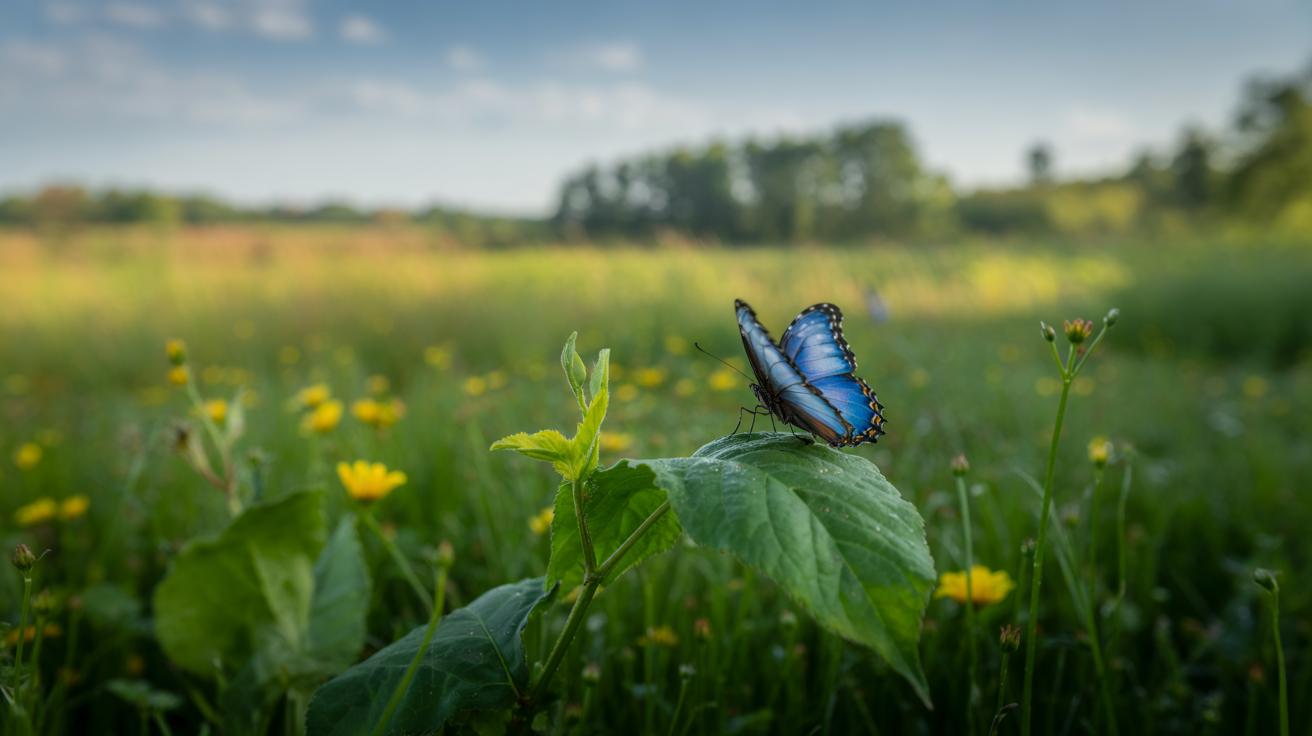Introduction
Moths represent a vast group of insects within the Lepidoptera order, encompassing all members that are not butterflies. Some moths stand out not just for their role in nature but for their unique, charming appearances. This article focuses on such species often described as the world’s cutest moths. You will learn what makes these moths distinct, how to identify them, and why they capture the interest of both scientists and nature lovers alike. Understanding these creatures offers a new appreciation of the diversity within moth species beyond those typically known as pests.
The world contains an estimated 160,000 moth species, many not yet described. Identification can be challenging since moths vary greatly in size, color, and habitat. The moths considered cute share particular traits such as bright colors, unique body shapes, or fuzzy textures that appeal to humans. This article will guide you through prominent examples and explain their behavior, habitats, and the ecological roles they play. As you read, consider what qualities in animals like moths draw your attention and how this might affect their conservation.
Understanding Moths and Their Diversity
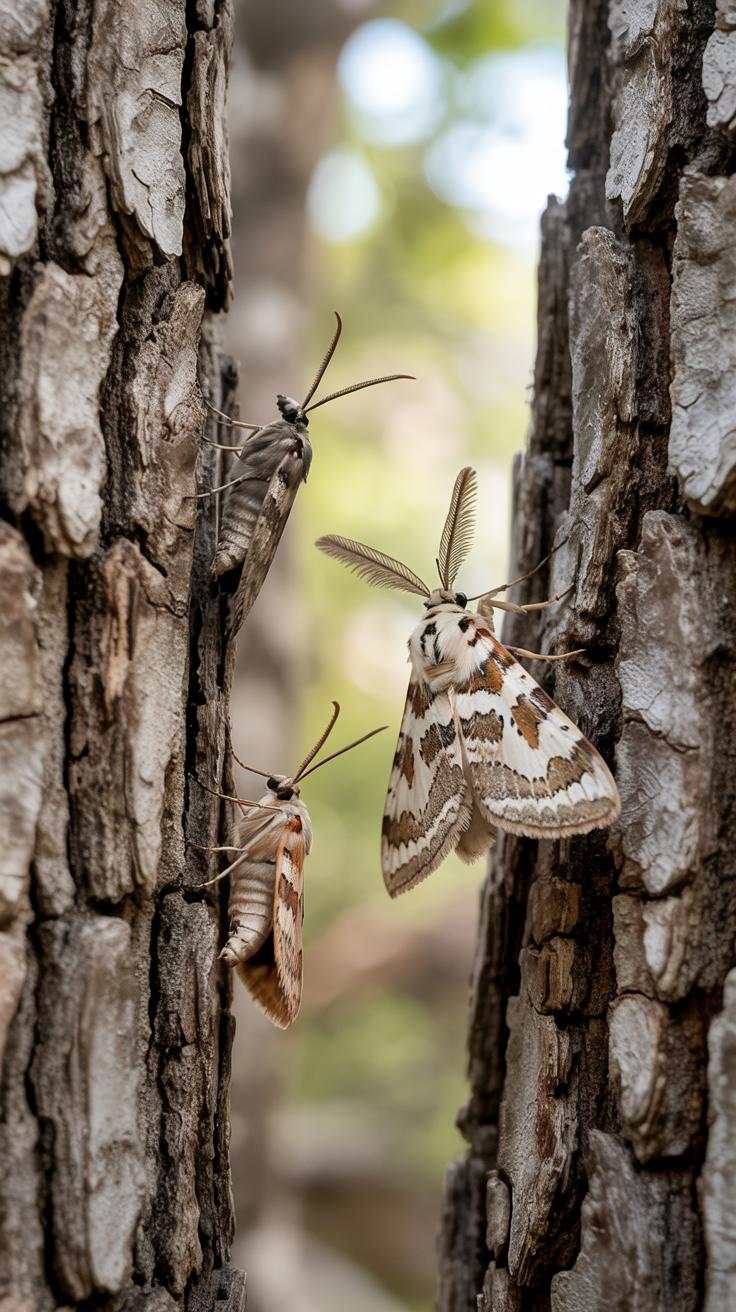
Moths belong to the insect order Lepidoptera, which also includes butterflies. There are about 160,000 species of moths worldwide, far outnumbering butterflies. You will find moths in nearly every habitat—from deserts to rainforests and even urban areas. Most moths are active at night, unlike butterflies that mostly fly during the day.
You can tell moths and butterflies apart by their antennae. Moths usually have feathery or thread-like antennae. Butterflies have club-shaped antennae with a bulb at the end. These differences help moths find mates and navigate in the dark. Over millions of years, moths have developed many forms and behaviors to survive in their environments.
Thinking about moths this way reveals how diverse and widespread they are. Their ability to adapt to different habitats raises the question: what unique traits make some of these moths particularly charming or “cute” in appearance?
Classification and Identification
Within Lepidoptera, moths belong to many different families and genera. They outnumber butterflies in species, diversity, and variety of forms. You can spot moths by their stout bodies and wings held flat or tent-like when resting. Unlike butterflies, moths tend to have thicker, hairier bodies.
Physical traits help tell moths apart in the wild. Their wing patterns and colors often provide camouflage or warning signals. Their antennae shape stands out — moths’ feathery antennae especially in males aid in detecting female pheromones. This feature helps you separate moths from butterflies even before checking wing shape.
Knowing these traits lets you identify moths more easily. Simple observations like when they are flying and how their wings rest can guide you in distinguishing them. Have you tried watching a moth’s antennae to see how it moves or senses the world differently from butterflies?
Evolution and Diversity
Moths have existed for over 200 million years, far before many flowering plants appeared. When flowers evolved, moths adapted alongside them. They became important pollinators, shaping each other’s survival. Their long evolutionary history explains why moths show such variety in wing shapes, colors, and behaviors.
Some moth species blend perfectly with tree bark or dead leaves, while others stand out with bright colors to warn predators. Their sizes vary from tiny moths barely visible to the eye, to large species with wings spanning several inches. These adaptations protect them and help them find food or mates.
Have you wondered how moths survived mass changes in climate and landscape? Their diversity and resilience highlight nature’s ability to keep some of the world’s most charming creatures thriving across the globe.
What Makes a Moth Cute
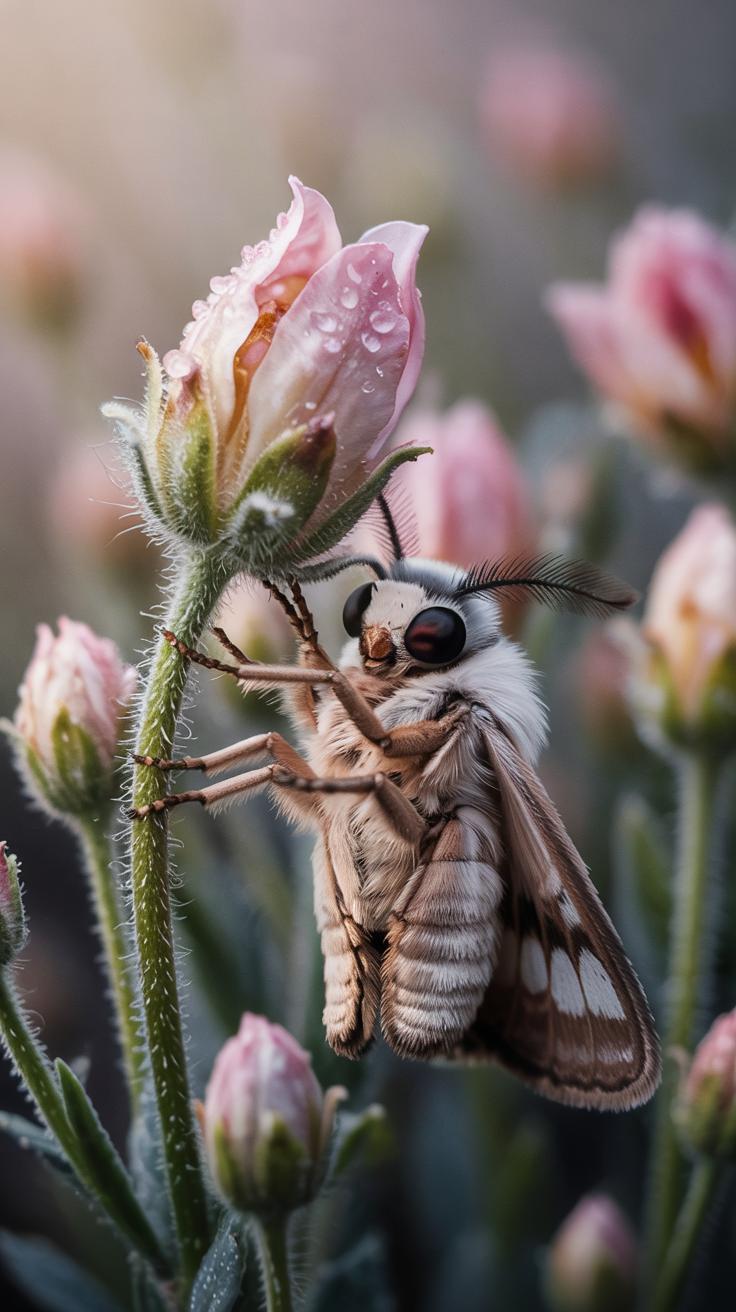
The charm of many moths often comes from their visual traits. Wings that show soft colors or bright patterns catch your eye easily. Some moths look like tiny pieces of art, with shapes and colors that stand out in nature’s crowd. You might spot moths with furry bodies or delicate, feathery antennae that add to their appeal.
Size matters too. Smaller moths often appear more fragile and gentle, which many people find cute. Unique wing shapes, such as rounded edges or tails, create a look that feels friendly rather than intimidating. When you look closely, the textures of their wings can feel smooth or fuzzy, making these insects more approachable.
These features don’t just make moths attractive to humans. They also help moths survive. Bright colors can warn predators, while gentle patterns help moths blend into their homes. What do you think draws you most to these small creatures? Is it their color, shape, or the way they seem so soft?
Visual Traits
Colors play a big role in how cute a moth looks. Light pinks, yellows, and soft browns often make moths seem less scary. The Rosy Maple Moth offers a good example with its mix of pink and yellow wings that feel cheerful and light. Patterns like spots, stripes, or lace-like marks add interest and can remind you of familiar shapes.
Texture changes the way you see moths too. Some, like the Luna Moth, look silky and smooth, while others have fuzzy bodies that make them look more like tiny teddy bears. These textures invite a closer look, making you want to observe or even gently touch them.
Wing shapes also matter. Rounded or heart-shaped wings give moths a softer, friendlier look. The Io Moth’s eyespots might seem strange, but they add personality and catch your attention immediately. How do these visual elements affect your feelings when you see a moth for the first time?
Adaptations and Appeal
Cute features in moths serve real purposes. Soft colors and patterns help moths hide on tree bark or leaves, protecting them from birds and other predators. When you notice how well a moth blends in, you see that their beauty is practical.
Some moths use their bright or unusual colors to communicate. Mating signals need to stand out, and striking patterns can attract partners. The fuzzy bodies you admire can also help keep moths warm or protect them from predators by looking larger or less palatable.
Next time you see a moth, ask yourself if its charm comes from survival traits hidden as beauty. Isn’t it fascinating how nature uses what looks cute to help these creatures live and grow?
Profiles of Popular Cute Moth Species
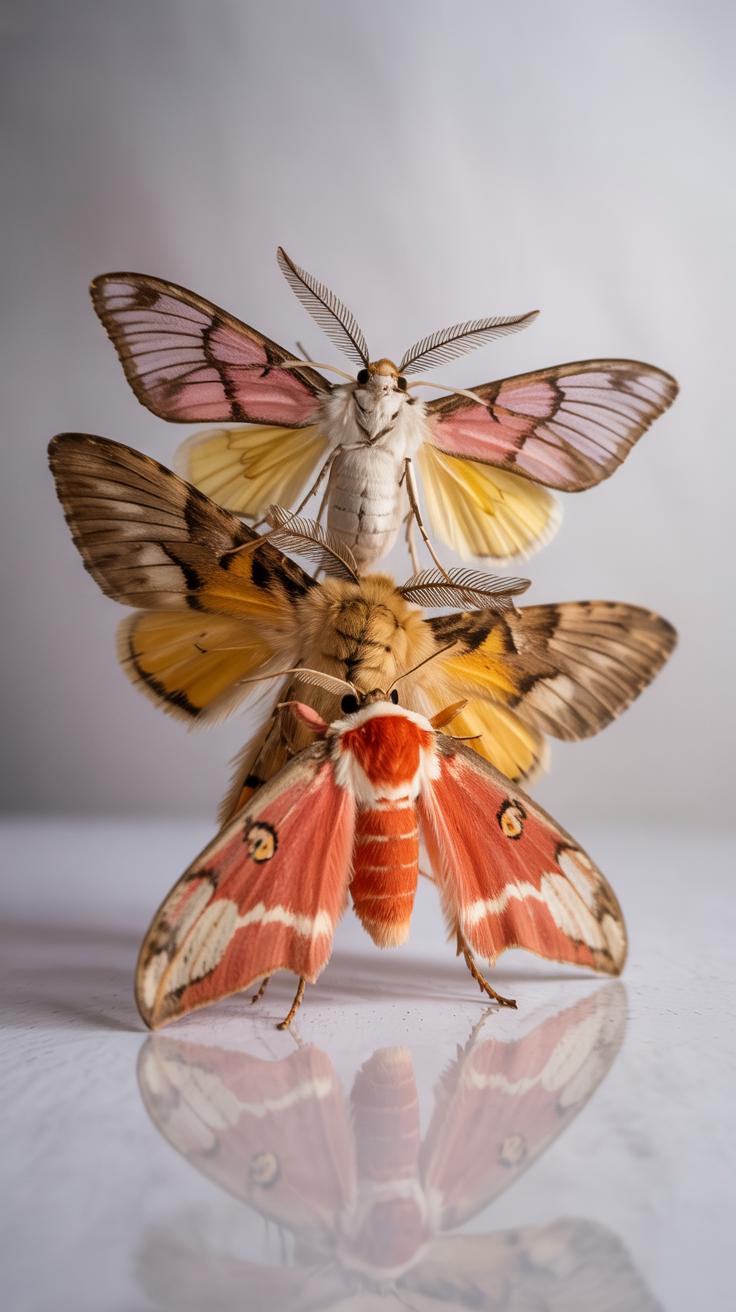
Small moths with soft, fuzzy wings often catch your eye with their gentle appearance. The Rosy Maple Moth, about 1.5 inches wide, shows off pink and yellow colors like no other. These moths live mostly in eastern North America near maple trees where they quietly feed at night.
The Puss Moth earns its name from thick, fur-like body hairs. It remains mostly hidden during the day, resting on tree trunks in Europe. Its pale color and round shape add to its charm, blending into its surroundings while staying safe.
Brightly patterned moths attract attention with bold colors. The Io Moth shows yellow wings with large, eye-like spots that scare predators in the American South. It uses daylight for resting, moving mostly at dawn and dusk.
Another striking species, the Madagascan Sunset Moth, impresses with rainbow-colored wings. You can find it flying during the day solely in Madagascar’s forests. These striking patterns warn birds that these moths don’t taste good, helping them survive.
Knowing where these moths live and their unique marks helps you spot them more easily. Which type would you want to observe in your local environment?
Small Fuzzy Moths
Small fuzzy moths stand out because of their thick, soft body hairs. These hairs help protect them from cold and predators. The Yellow Woolly Bear is a prime example, appearing in North America’s grassy habitats. It crawls slowly during the day before turning into a moth.
The Mammoth Wasp Moth, found in South America, sports dense hairs on a tiny body less than 2 cm wide. Their fuzziness invites a closer look, making you wonder how nature chose such designs for survival.
Often, these fuzzy moths prefer quiet places like forests or meadows with plenty of plants. Their soft bodies also help them blend into their surroundings, avoiding danger quietly and effectively.
Do you often see these fuzzy moths around? Looking closely, you’ll notice how their texture sets them apart from other insects.
Colorful and Patterned Moths
Colorful moths use their bright patterns for more than just beauty. The Luna Moth, with its lime green wings, uses long tails to confuse bats when they hunt. Native to North America, it lives in wooded areas, flying mostly at night when it searches for mates.
The Garden Tiger Moth sports orange, black, and white patterns. This species inhabits Europe and parts of Asia, using colors to signal bad taste to predators. It often rests on plants during the day, blending surprisingly well.
These moths’ bold colors can be a shield or a warning. Their patterns help you identify them quickly during hikes and nature walks. Where would you guess to find such bright moths where you live?
Habitat and Behavior of Cute Moths
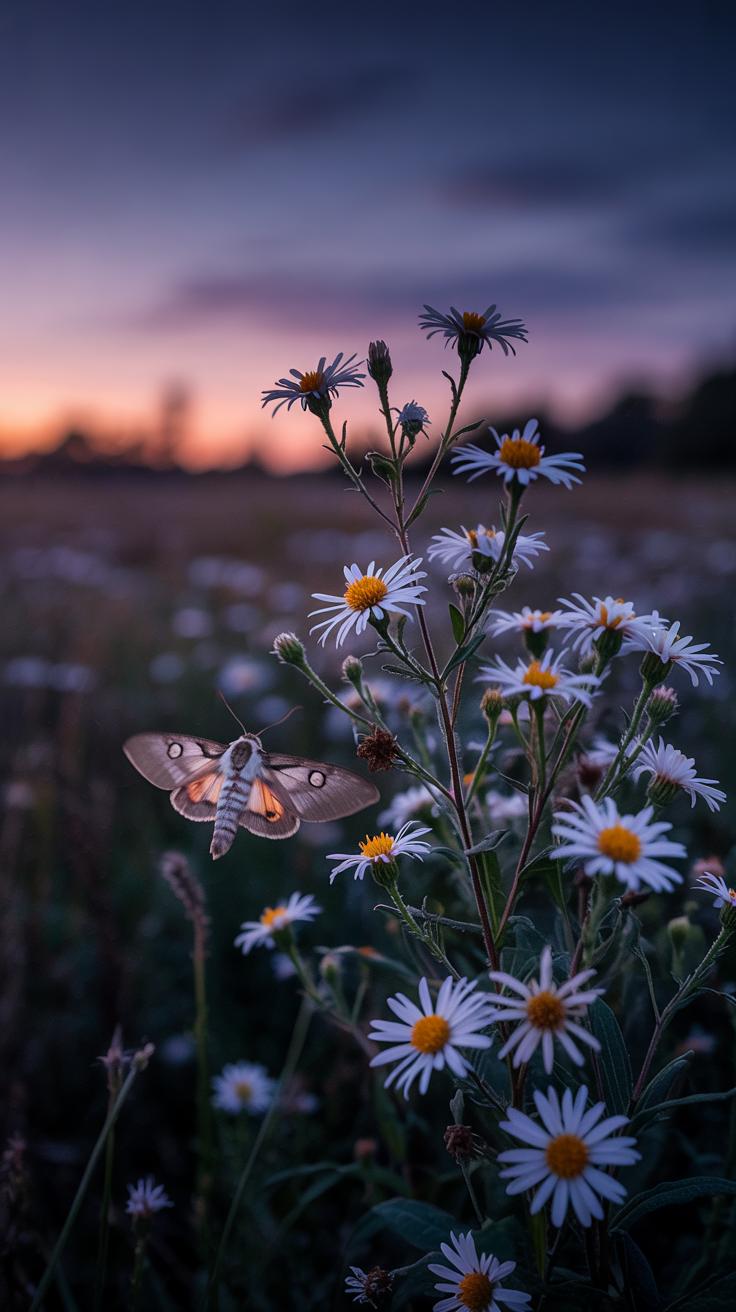
Many cute moth species live in places where food is easy to find and where they can safely grow. Forests provide shelter and diverse plants for moths like the Luna moth. Meadows, filled with wildflowers, attract species such as the rosy maple moth. Gardens often become homes to moths like the Io moth, where they find nectar and mates. Have you noticed how some moths prefer quiet, undisturbed areas? This choice helps protect them from predators and harsh weather.
Cute moths show different feeding and activity habits through their lives. Larvae often eat leaves, while adult moths sip nectar at dusk. Species like the hummingbird clearwing moth are active during the day, unlike most nocturnal moths. During mating, males use scent trails to find females, displaying fascinating behaviors. Your garden’s bright flowers might be a moth’s dining spot or meeting place without you realizing it.
Preserving natural habitats keeps these behaviors possible. When habitats shrink or change, moth food sources and breeding spots vanish. This can cause moth populations to drop. How can you help ensure these charming creatures continue to thrive in your area? Supporting habitat conservation efforts keeps moths part of our world. It also helps maintain the balance of ecosystems where moths play vital roles as pollinators and food for other animals.
Typical Habitats
Many cute moth species favor rich environments with plenty of plants. Forest edges and clearings offer food and shelter to moths like the polyphemus moth. Meadows provide nectar-rich flowers that attract species such as the hummingbird moth. Gardens with native plants also attract baby moths searching for leaves to eat, such as the painted lichen moth. What kind of habitat do you have near you? A simple backyard garden can support many moth species if it hosts the right plants.
Some moths live in places where moisture levels suit their needs. For example, the rosy maple moth thrives in areas with mild humidity and shade. Urban parks are another habitat where cute moths find food and shelter, showing their ability to adapt in small ways. Not all moths require large wild spaces to survive. Small patches of natural habitat can make a big difference to their survival and comfort.
Feeding and Activity Patterns
Many cute moths feed on nectar during twilight or nighttime hours. The luna moth, for example, does not feed at all as an adult and instead relies on energy stored from its caterpillar stage. Other species, like the hummingbird moth, feed during the day, hovering like tiny birds. Caterpillars usually feed on leaves and plant matter, choosing specific host plants crucial for their growth.
Moth activity often changes with life stages. Caterpillars are busy feeders, while adults focus on reproduction. Male moths search for females using chemical signals called pheromones before and during mating seasons. Have you ever wondered how moths can find mates in the dark? Their strong sense of smell works as a guide.
Timing also plays a role in moth behavior. Many species are nocturnal, avoiding daytime predators. Some are crepuscular, active at dawn or dusk, balancing feeding needs with safety. Understanding these patterns can help you spot and appreciate the behaviors of your local cute moth species. Watching their life cycle reveals nature’s quiet rhythms that keep moths part of the environment.
How You Can Spot and Identify Cute Moths
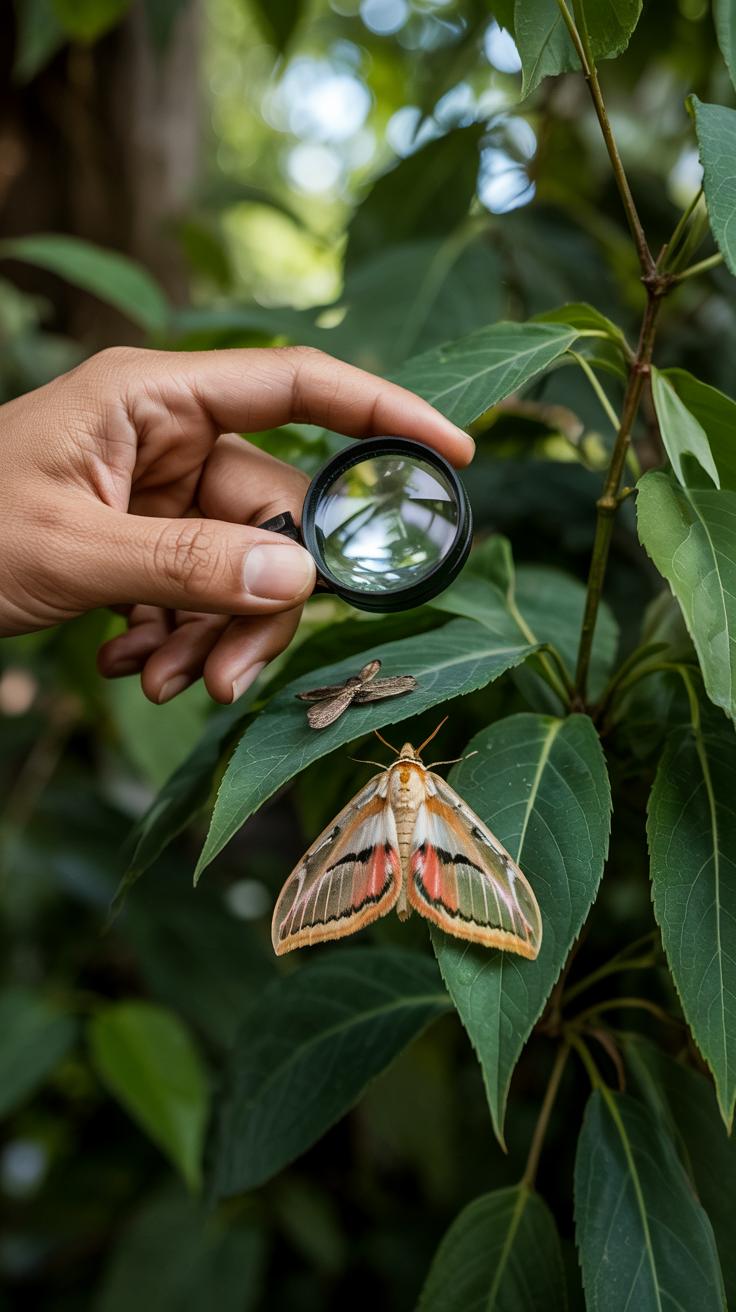
Observation Tips
Look for moths near lights at night. Many species come to porch lamps or streetlights. Try observing just after dusk when moths are most active. Some cute moths also rest on tree trunks or leaves during the day. Check for still, colorful shapes that might blend into bark or flowers.
Consider visiting areas with native plants or flowers. These spots attract moths for feeding or laying eggs. Different seasons affect moth presence. Spring and summer usually bring more moth activity. Watch for delicate wing movements or feeding behavior on nectar-rich blooms. Listening for faint wing sounds can also help locate them.
Using Identification Tools
Use field guides tailored to your region. These books show pictures and key features like wing patterns or body shapes. Apps like iNaturalist or Seek allow you to snap photos and get fast identification help from experts and AI.
Online databases can provide detailed info about moth species, including habitat and behavior. Join local nature groups or forums to share your finds and get advice. Recording your sightings with photos or notes helps track patterns and improves your skills over time. What kind of moth will you spot first?
The Role of Cute Moths in Ecosystems
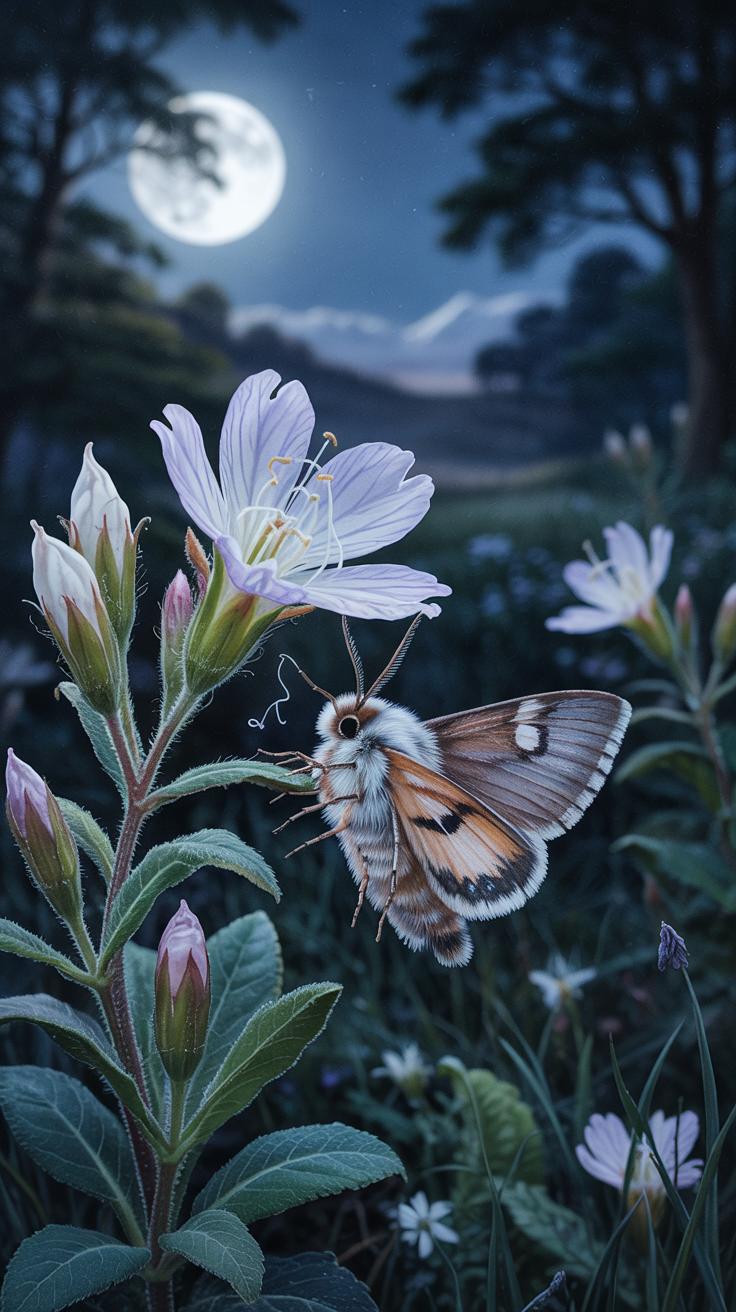
Cute moths play key parts in many ecosystems around the world. These small creatures do more than charm with their looks. They often help plants grow by moving pollen from flower to flower. This work supports the survival of many plant species that animals and humans rely on for food and shelter.
Besides pollination, cute moths serve as meals for birds, bats, and other animals. Their presence helps keep the food webs balanced. If moth populations shrink, it can disrupt these diets and throw ecosystems off balance. Have you ever noticed how some birds appear right after moths become active? That shows how connected they are.
The survival of cute moths affects the overall health of natural spaces. When you see these moths fluttering nearby, it’s a sign the environment might be doing well. Their role as pollinators and food sources highlights why protecting moth habitats supports many other life forms. How often do you think about the small creatures around you and their impact on nature?
Pollination
Cute moths like the hummingbird moth visit flowers to sip nectar. While doing this, pollen sticks to their bodies and moves to other plants. This process helps plants create seeds and fruit, encouraging new plant growth. Some night-blooming flowers depend mostly on moths for pollination since few daytime insects visit them.
This pollination keeps ecosystems diverse. More plants mean more food and shelter for insects, birds, and mammals. A healthy plant variety also prevents soil erosion and supports clean air. Have you ever seen a moth gently feeding on a flower? That quiet moment helps nature carry on its cycle.
Food Chains
Moths are important food for many animals. Birds catch moths during the day, while bats hunt them at night. Even frogs, spiders, and small mammals rely on moths to survive. Their larvae, or caterpillars, often serve as meals for more animals too.
This constant eating and being eaten moves energy through different levels of the ecosystem. When moth numbers fall, predators struggle to find food, which affects more species. Imagine a forest with no moths—how would that affect the owls or mice living there? Watching moths can remind you how energy passes through nature in simple yet powerful ways.
Threats Facing Cute Moth Species
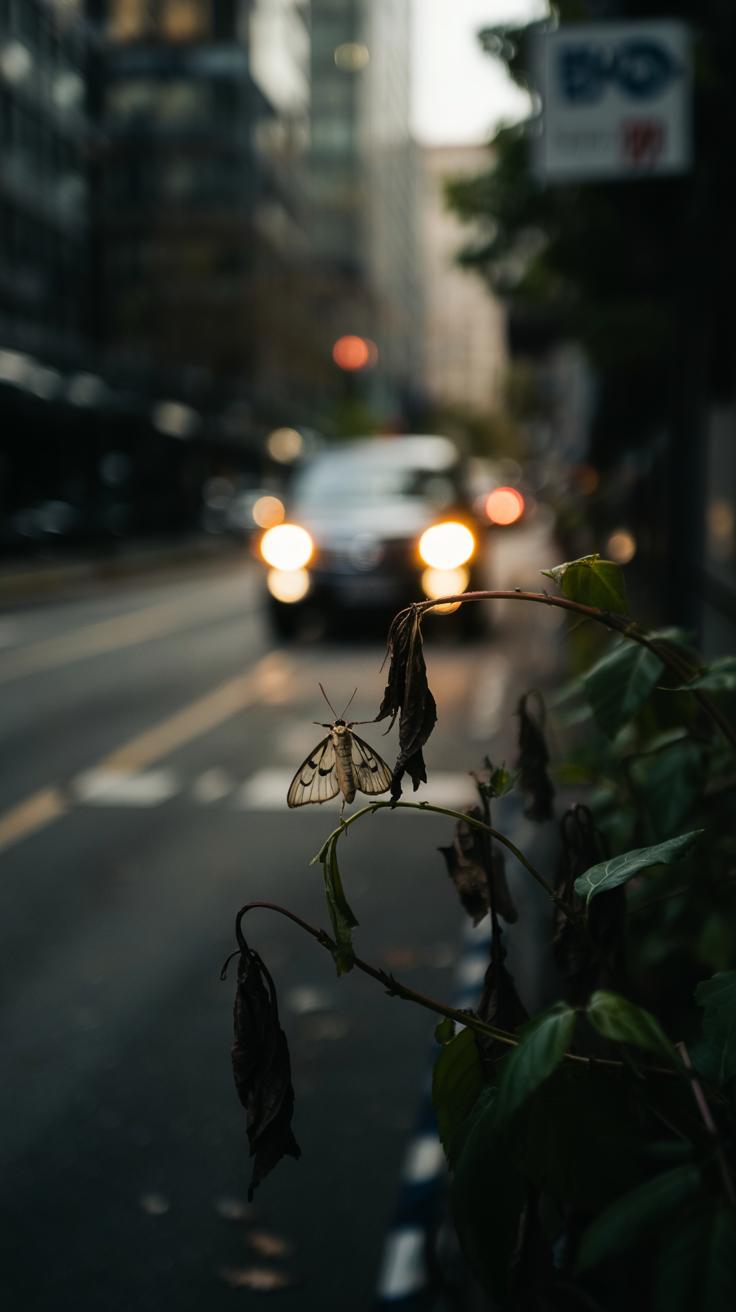
Many cute moth species face serious dangers that affect their survival. Habitat loss removes the plants and spaces these moths need to live and reproduce. When forests are cleared or wetlands drained, moth homes shrink or vanish. Pollution from chemicals and waste can poison moths and disturb their food sources.
Climate change also disrupts the delicate timing of moth life cycles. Changing temperatures and weather patterns affect when moths emerge and how much food is available. Some moths cannot adjust fast enough to survive these shifts.
Invasive species present another challenge. Predators or competing insects brought by humans can reduce moth populations. You might wonder how human activities play a role in these threats.
Urbanization spreads concrete and buildings over natural habitats. Pesticides used to protect crops often kill moths unintentionally. Artificial lighting confuses moths, making it hard for them to find mates or food. These effects can reduce moth numbers and even change their behavior.
How can we act to help these charming creatures stay part of our world?
Environmental Threats
Moths rely on natural habitats that provide food and shelter. When forests, grasslands, or wetlands disappear, moths lose places to lay eggs and find plants to feed on. Habitat destruction isolates moth populations, which can lead to inbreeding and weaker resilience.
Chemicals from factories, farms, and cities enter air, water, and soil. These toxins reduce caterpillar survival and lower moth reproduction. Polluted environments also hurt plants that moths depend on for food.
Some species may disappear from areas where they once thrived. This drop lowers overall moth diversity and weakens ecosystems. Can you imagine a garden without even one colorful moth?
Human Impact
Urban growth spreads lights and roads into moth habitats. Artificial lights interfere with moths’ natural navigation and mating habits. When moths circle street lamps instead of finding partners, fewer eggs are laid.
Pesticides used in farming kill not only pests but also moth caterpillars. These chemicals reduce moth populations quickly and can disrupt food chains. You might have seen dead insects near treated crops or gardens.
Changes in landscapes and daily light patterns alter moth behavior. Some moths become less active or shift their feeding times. With fewer safe spaces and confusion caused by human activities, survival becomes harder for these small but vital creatures.
Supporting and Protecting Cute Moth Species
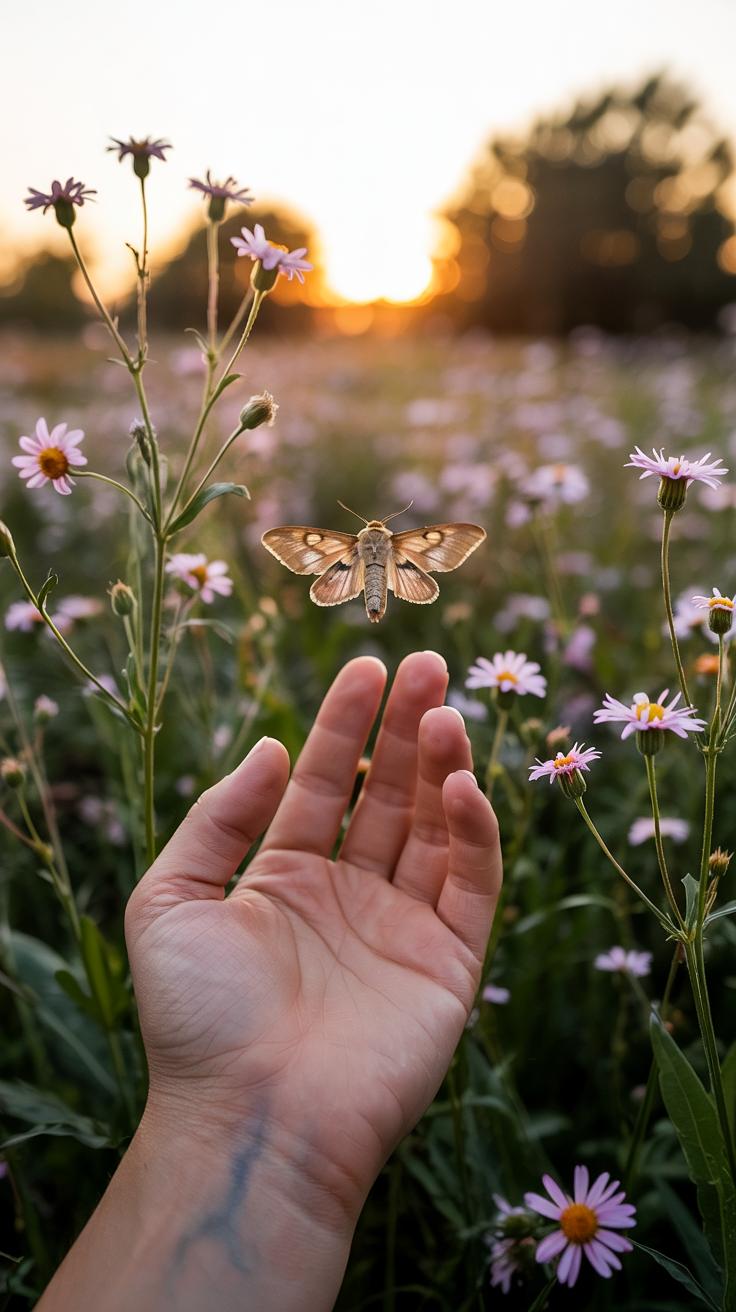
Protecting moths starts with simple actions you can take at home and in your community. Planting native flowers and shrubs attracts moths and provides food for their caterpillars. Think about what plants grow naturally in your area and include those in your garden. Native plants support more moth species than exotic ones.
Cutting back on pesticides lets moths thrive. Even insecticides made for gardens can harm moths and other helpful insects. Try natural pest controls, like handpicking pests or using companion plants that repel unwanted bugs. When you reduce chemicals, you build a safe space for moths to live and grow.
Participating in citizen science projects helps scientists understand moth populations better. You can use apps or websites to report moth sightings in your neighborhood. This data supports conservation efforts and raises awareness. Would you be interested in sharing stories of moths you find?
Conservation Actions
Creating moth-friendly spaces doesn’t need fancy tools. Leave a patch of dark, moist soil where caterpillars can burrow. Keep some fallen leaves or dead wood in your yard since moths lay eggs or find shelter there. Avoid excessive lawn mowing to preserve natural habitats.
Use outdoor lights that do not attract moths too strongly, such as yellow or red bulbs. Bright lights confuse moths, making it hard for them to feed or mate indoors. Could switching your porch light help local moths stay safe?
Building small shelters, like bundles of twigs or a simple insect hotel, provides resting places for moths. Inviting these creatures into your backyard creates a tiny ecosystem that benefits many other insects too.
Community Engagement
Look for local groups focused on insect conservation or biodiversity. Many towns have nature clubs or environmental organizations that hold moth-watching nights and habitat restoration events. Joining these groups connects you with people who share your interest and passion.
Volunteering at local parks or nature reserves brings direct help to places where moths live. You could help plant native species, remove invasive plants, or monitor insect populations. Have you thought about spending a day outdoors with others to protect insects?
Sharing your knowledge about moths encourages others to care. Host a small talk at your school, library, or community center. You might inspire neighbors to turn their yards into moth-friendly habitats. What small step can you take today to spread awareness?
Conclusions
Cute moth species contribute significantly to biodiversity and bring delight to anyone who takes the time to observe them closely. Their varied appearances dispel the common view of moths as simple or dull insects. Instead, they reveal an unexpected beauty in patterns and shapes that can inspire curiosity and respect for nature. Observing these moths encourages you to think about the value each species adds to their ecosystem and how diverse life forms adapt to environment challenges successfully.
As you explore further, consider supporting efforts to preserve habitats critical to these moths’ survival. Each moth species plays a particular role in pollination, food chains, or maintaining plant health. Protecting moths enriches our world and helps maintain balance within ecosystems. When you spot a moth, think about its life journey and what makes it special. With the perspectives gained here, you can share knowledge about moth diversity and encourage others to see these insects not just as creatures of the night but as fascinating animals worth knowing better.


